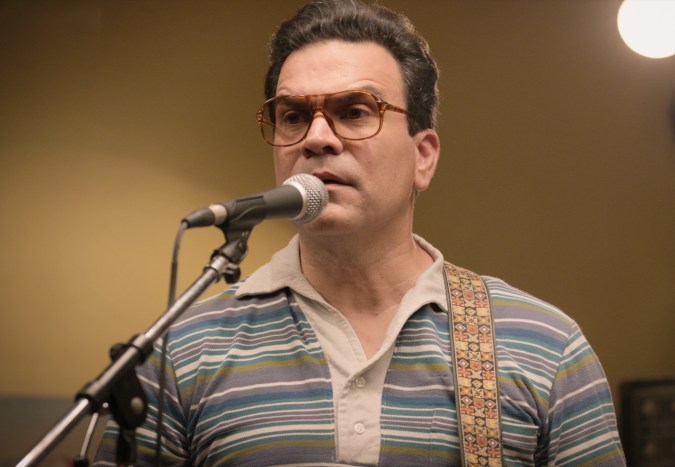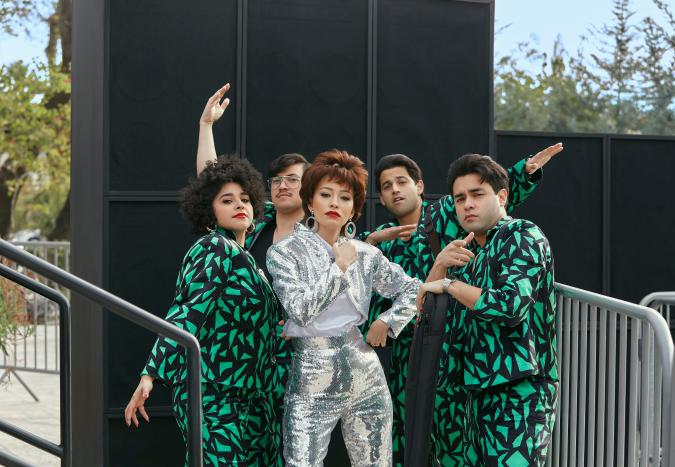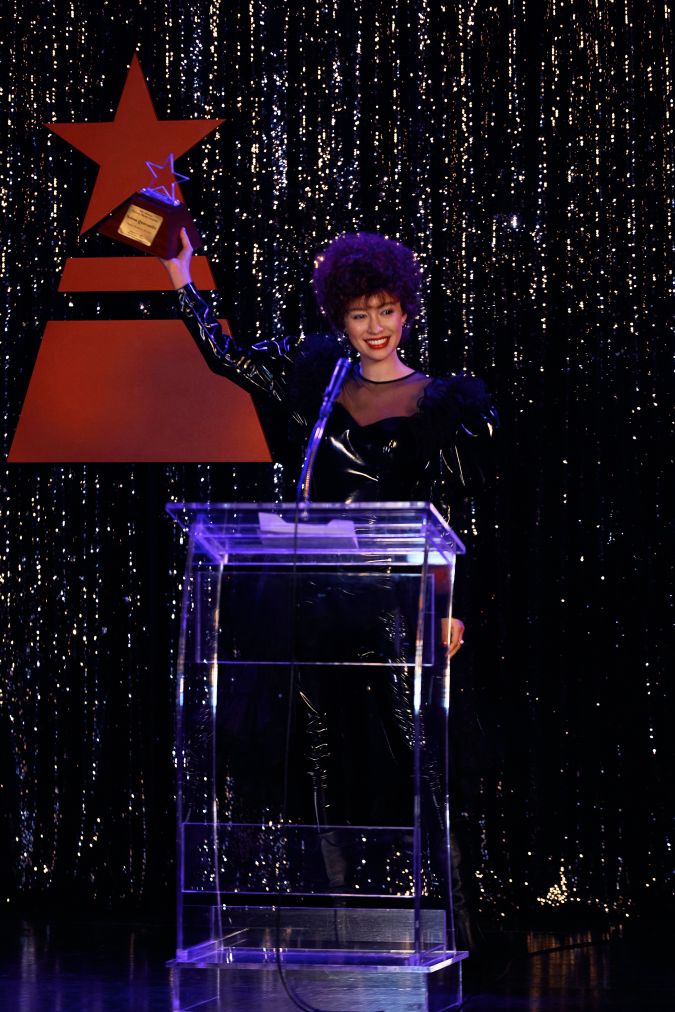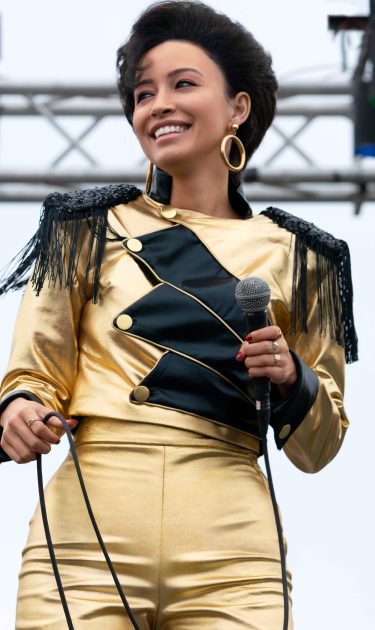Selena never went away. Strangely enough, though, the Tejano music queen can hardly be found in the new Netflix adaptation of her life. Making its debut this past weekend, Selena: The Series promised to share Selena’s full story with the world. In spite of the claim made by Selena’s older sister, former drummer, and series co-producer Suzette Quintanilla, the series’ first nine episodes hardly shine the spotlight on Selena at all.
Despite her tragic murder in 1995, Selena’s music remains a part of everyday life for Latines. Amor Prohibido’s tracks continue to thump from speakers at parties and through bedroom walls and her iconic style and confidence continue to empower Latinas around the world—many born too late to see their idol in the flesh. The subsequent 1997 film adaptation of her life became a fan favorite and launched Jennifer Lopez into stardom. But unlike the film, Selena’s constant absence in the series makes her feel more like a side character than the lead of her own bio-series.
The series starts with Selena’s birth and quickly dashes forward to the moment father Abraham Quintanilla (Ricardo Chavira) discovers the then seven-year-old Selena (Madison Taylor Baez) has natural talent. Wasting no time in forming a family band, Quintanilla sets up the kids at the family restaurant to play, moving on to gigs at retirement homes and backyard parties once they are forced to shut down their establishment.
The show feels like more of a family drama than a biographical series.
We then see Abraham struggle with finances, moving the family to his hometown of Corpus Christi, Texas and working the show booking hustle. All these efforts and more make it clear from the start that the Quintanilla patriarch had big dreams of musical stardom and sought to achieve that through his kids’ talents no matter what. On the other hand, Selena feels like the product her dad is selling and only gets a few scenes—most of which show her doing what is asked of her, disconnecting the on-screen Selena from her real-life strong character and creative streak.

Abraham’s control over the cast makes the show feel like more of a family drama than a biographical series. His demands bring in eldest son A.B. Quintanilla (Gabriel Chavarria) onscreen as his overworked right-hand man. Succumbing to his father’s commands, he books shows, produces new music, finds backup musicians, plays bass in the band, only to be berated by Abraham if the smallest detail is off. Marcella Quintanilla (Seidy Lopez), mom to Selena, comes in as a caring foil to the stern Abraham, comforting and reassuring her children. Meanwhile, Selena’s older sister Suzette (Noemi Gonzalez) is pushed by her father to improve constantly and keeps everyone else in check.
So, where does that leave Selena?
So, where does that leave Selena? For the most part, she only gets to be in center stage in scenes when she is performing… and not much else. During travel scenes or life at home, Selena is mostly in the corner of the screen. Compared to the Tejano queen’s massive star, the accounts of her magnetism and her huge laugh, Christian Serratos’ characterization feels timid.

The show had the chance to better show us how Selena developed her talents but doesn’t follow through. Its inconsistent pace and focus on Abraham’s steering of the band take precedence over the title character’s growth as a performer. In episode three, when asked to learn how to speak Spanish for a live broadcast from Mexico, she practices by letting out some telenovela dialogue in the tour van and repeats lines from a tape a few times. With Spanish TV appearances and interviews boosting her popularity, her progress as she grew into stardom on both sides of the border would have been an interesting growth to see. Selena is also lauded as a Mexican-American hero and dancing was always a part of Selena’s act; touching on how she embraced her Mexican roots would have greatly spoken to that part of her legend and showing us the origins of her signature hand movements or the “washing machine” cumbia movement would have been great anecdotes to include.
Selena begins to take the role of a protagonist late into the first run.
While Selena’s biggest stans will most likely bemoan her not being front and center, getting to know the rest of the family outside the father’s orbit does bring in some much-needed warmth at times. A.B. feels down to earth as he looks forward to family life after touring and Suzette’s quest for a driver’s license pays off with a laugh when a nervous test proctor gives her a shaky thumbs-up. Taking place during their teenage years, Suzette and Selena also share genuinely sweet moments just being sisters and geeking out over new tour outfits.

Selena begins to take the role of a protagonist late into the first run with the arrival of guitarist Chris Perez (Jesse Posey), her future husband, to the band. Though their interactions mostly consist of keeping their love a secret, it does set up the confrontation between Selena and her father which caps off the final episode. While this was a significant conflict in Selena’s real life, it does feel a bit cheap and cliché to have a male love interest be the reason Selena gets more screen time in the much-hyped series bearing her name.
After nine episodes, Selena: The Series feels like a major act that’s off rhythm and missing its lead. During the series’ third episode, Selena and the band flop in front of their audience during a live show. Seeing the lethargic crowd, the band switches up into a bouncy cumbia. Much like this scene, the series’ second half will have to pivot into a constant and improved Selena presence to keep the audience’s interest. Considering Selena’s biggest years will be told in the complimentary half of this series, production should have its biggest hits ready to go.




